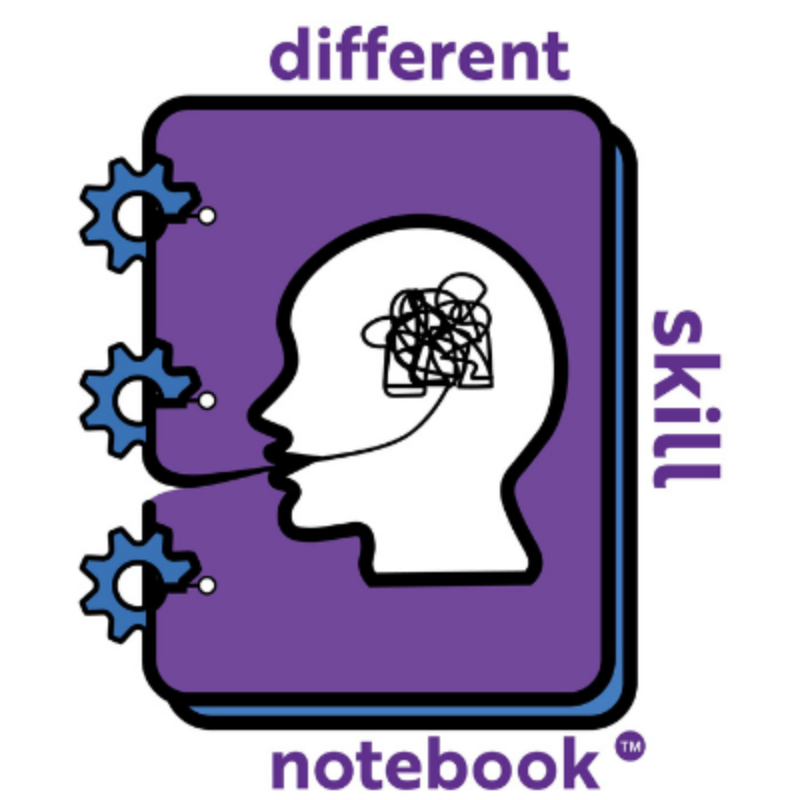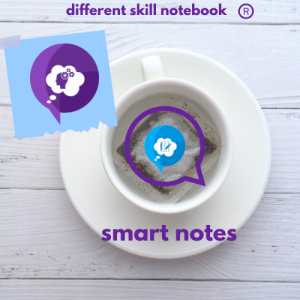
1.7K
Downloads
33
Episodes
The Social Mind Center presents the ”different skill notebook” a tool that provides strategies to build social-emotional skills resulting in social competency. Since March our world has experienced many changes with the COVID pandemic. Change is the new constant in our daily lives. Requiring us to be adaptable and adjust to the changes daily. The different skill notebook is a life curriculum for you to equip your child with the skills to communicate, connect, and build relationships for life. We want our children to have success beyond academics by acquiring skills to adapt, cope, self-manage and find purpose in life.
Episodes

Monday Feb 22, 2021
Autism & ADHD Prioritizing Intervention "What comes first?"
Monday Feb 22, 2021
Monday Feb 22, 2021
Priorities with ASD & ADHD
What comes first?
Welcome to the Different Skill Notebook! My name is Ana Anselma your host. In this episode, I bring you into one of my parents' consults where we discuss the learning profile of a child that has been diagnosed with Autism, ADHD & Dyslexia.
In this episode, we will review an Autism, ADHD & Dyslexia profile and prioritize an intervention plan based on the child's & family needs as well as academic expectations.
At the Social Mind Center when we assist a family in mapping out a skill-building plan to address skill deficits, we consider the entire family unit. We prioritize social and emotional health.
Discussed in this episode is a strategy to increase self-awareness of body, mind, and emotions to develop self-control/self-regulation.
Skill: Self-regulation involves three main skill components: Cognitive flexibility, impulse control, and working memory. When one is overly tired, stressed or mentally exhausted, all these skill abilities deteriorate.
- Body awareness of increased stress levels leading to a meltdown. Calming the body and slowing down reduces impulsivity. Find activities that can help release stress.
- Body awareness of when there is sensory overload.
- Awareness of mental exhaustion. When we are mentally tired, it is harder to implement calming strategies.
- HALT: beware of hunger, anger, loneliness, and tiredness.
Strategy: Guide transition to a safe space that reduces sensory stimulation and allows him to calm his body and mind. He will require assistance with this transition initially.
- Redirect the behavior of meltdowns and aggression to removing himself from an environment where there are continued expectations after school to regulate.
- Redirect proactively to a place (when traveling or in other homes (environments) identify a break spot) where he can transition to calm, quiet, and rest.
- Replace behavior of meltdowns to transitioning to a break across environments and that he self-implements this break.
Build:
Self-awareness of when mind and body are overloaded and stressed requires a break to calm body and mind.
- Identify the signs in oneself. Use Concrete examples that help recognize how my body feels under stress.
- Identify the words to communicate when he/she needs help to transition to break.
- Build a habit of implementing breaks throughout the day and across environments.
Thank you for joining us for this episode. To learn more about the Social Mind Center and this topic or related topics please visit our website www.socialmindcenter.com.

No comments yet. Be the first to say something!